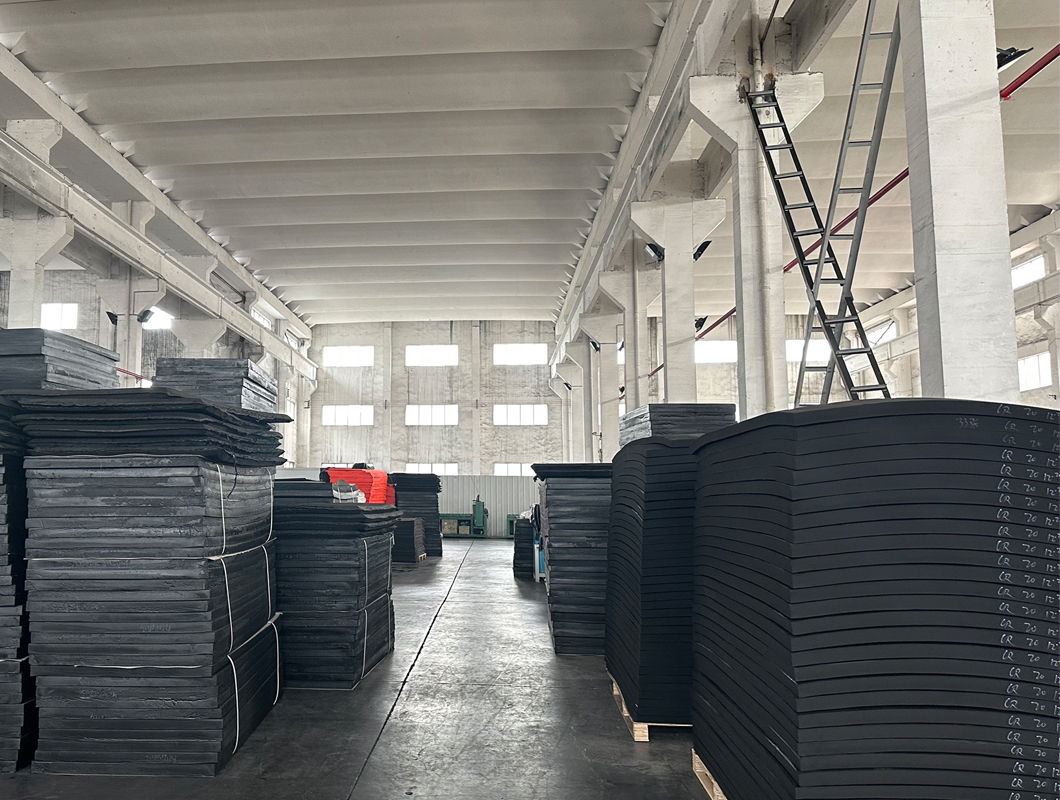
In high-risk or volatile shipping environments, ordinary packaging materials are often insufficient. Industries such as aerospace, defense, lithium battery storage, medical equipment, and electronics face strict fire safety requirements tied to regulations and standards. To ensure compliance and protection, shippers rely on fire-retardant (FR) packaging foams specifically engineered to meet demanding flammability, thermal, and structural performance criteria.
Why Choose Fire-Retardant Foam in High-Risk Industries?
In volatile sectors, packaging must go beyond cushioning and impact protection. It also needs to:
●Reduce the risk of fire
●Contain potential ignition sources
●Slow the spread of flames
●Limit the release of toxic smoke
●Perform reliably under elevated temperatures
Take lithium-ion batteries, for example. Their risk of thermal runaway—where cells can overheat, ignite, or even explode—requires packaging that can delay or contain fire spread long enough for safe intervention.
In aviation and defense, the standards are even stricter. Materials often must pass vertical burn, smoke density, and toxicity tests before they can be approved for use in aircraft or vehicles.
What Fire-Retardant Foam Really Means
Fire-retardant foam is not"fireproof." Instead, it is engineered to resist ignition, slow the spread of flames, or self-extinguish when exposed to heat or open flame. These capabilities are achieved through:
●Additives – halogenated or halogen-free compounds that disrupt the combustion process
●Inherent material chemistry – such as polymers with natural flame resistance
●Post-treatments – surface coatings that enhance fire-retardant properties
The effectiveness of a fire-retardant foam depends on more than its base formulation. Factors such as density, cell structure, additive content, and environmental exposure all play critical roles in determining performance.
Foam Types Commonly Used in Fire-Retardant Packaging
Several foam families are available in fire-retardant (FR) grades, each offering unique advantages for demanding applications. Below is an overview of the most widely used options:
●Structure: Closed-cell
●Compliance: UL 94 HF-1, FMVSS 302 variants available
Key Benefits:
●Strong impact absorption and chemical resistance
●Available in antistatic and conductive grades for electronics
●Resistant to water, oils, and most solvents
●Stable across wide temperature ranges
Applications: Battery packs, electronics, UAVs, and high-voltage device packaging
●Structure: Chemically cross-linked, closed-cell
●Compliance: UL 94 V-0, FMVSS 302
Key Benefits:
●Superior thermal stability
●Fine cell structure with smooth surface finish
●Low smoke generation
●Strong resilience under compression and impact
Applications: Aerospace and automotive parts, medical devices, flame-sensitive instruments
Polyurethane (PU) Foam – FR Ether and Ester Grades
●Structure: Open- or closed-cell
●Compliance: UL 94 HF-1, FMVSS 302, FAR 25.853
Key Benefits:
●Lightweight, flexible, and available in varied densities
●High energy absorption capacity
●Adjustable flame spread and smoke characteristics
●Excellent vibration and acoustic dampening
Applications: Aircraft and rail packaging, medical devices, thermal-insulating containers
●Structure: Closed-cell bead foam
●Compliance: Limited FR options, often customized
Key Benefits:
●Outstanding impact resistance and recovery
●Lightweight and recyclable
●Reliable under dynamic load conditions
Applications: Returnable packaging for high-risk components, specialty enclosures with secondary flame barriers
Quality Standards and Certifications: What to Look For
In regulated or high-risk industries, packaging foams must meet strict fire safety and material standards. Depending on your sector, the following benchmarks are especially important:
Key Fire Safety Standards
●UL 94: Flammability tests by Underwriters Laboratories
■V-0: Extinguishes within 10 seconds, no flaming drips
■HF-1: Horizontal burn test with self-extinguishing properties
▷FMVSS 302: Automotive standard for interior material burn rates
▷FAR 25.853: Required for aircraft cabin materials
▷ASTM E84 (Class A–C): Surface burning characteristics for building materials
▷NFPA 701: Flame propagation testing for textiles and films (e.g., foam wraps and covers)
Additional Material Safety Standards
●RoHS: Restricts hazardous flame retardants such as PBB and PBDE
●REACH: Ensures compliance with European chemical safety regulations
●Low VOC Ratings: Critical for cleanroom and medical environments
●Smoke Density & Toxicity: IEC 60695 or SMP800C standards for enclosed transport settings (rail, aviation, marine)
At TOPSUN Foam, we partner with suppliers and formulations that meet or exceed these requirements, ensuring your packaging solutions align with both safety and compliance needs.
What to Consider When Choosing a Fire-Retardant Foam
Selecting the right foam for fire-sensitive packaging applications requires evaluating several critical factors:
Thermal Performance
●What temperature ranges will the foam be exposed to?
●Will it be used near heat-generating components such as batteries, motors, or electronics?
Combustion Behavior
●Does the foam self-extinguish, char, or melt when exposed to flame?
●What level of smoke or toxic fume release occurs during combustion?
Design and Fabrication
●Can the material be CNC-cut, thermoformed, or die-cut to fit part geometries?
●Is it suitable for use in laminated or multi-layer assemblies?
Mechanical Protection
●Can the foam absorb vibration, impact, and compression forces effectively?
Regulatory Compliance
●Does the material meet the fire and safety standards required for your industry (aviation, medical, defense, electronics)?
Engineering Safety Into Every Package
From shielding electronics in transit to protecting sensitive equipment from heat and fire risks, the right fire-retardant foam helps safeguard people, products, and brand reputation.
At TOSUN Foam, we deliver engineered foam solutions tailored to your specific fire safety, mechanical, and compliance requirements. With decades of expertise and advanced fabrication capabilities, we design packaging that not only meets standards—but performs reliably under the toughest conditions.
English
العربية
Français
Русский
Español
Português
Deutsch
italiano
日本語
한국어
Nederlands
Tiếng Việt
ไทย
Polski
Türkçe
ភាសាខ្មែរ
Bahasa Melayu
ဗမာစာ
தமிழ்
Filipino
Bahasa Indonesia
magyar
Română
Čeština
қазақ
Српски
हिन्दी
فارسی
Kiswahili
Norsk
Svenska
українська
Ελληνικά
Suomi
עברית
Latine
Dansk
اردو
বাংলা
Afrikaans
नेपाली
Oʻzbekcha
Azərbaycan dili
Български
guarani
Hausa
Kurdî
Kurdî
Lietuvių
Wikang Tagalog
isiZulu



